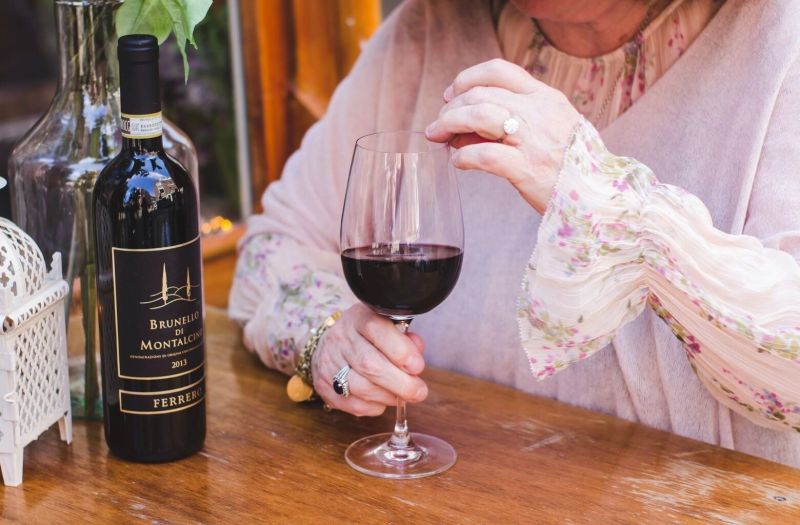Educating Sommeliers Worldwide.
By Beverage Trade Network

Cabernet Sauvignon is without a doubt the top-selling red wine varietal in the United States, and has been for as long as we can remember. However, the second most popular choice of wine amongst the people of the United States is a little less specific.
Red blends represent roughly 11% piece of the overall industry by volume in U.S. nourishment stores and other huge volume outlets, as per Nielsen's latest figures for 2018. It has drifted around this number for as far back as three years, and past, Nielsen did not follow the red mix class along these lines. (As of late as 2014, red mixes were generalized with the likes of "sweet reds," together representing 9% of the piece of the overall industry.)
However, red blends have been described - including Moscato and Malbec - have been said to be “double-digit-growth” year after year, according to Nielson. Pinot Noir and Pinot Grigio also demonstrate the next strongest scaling wine trends.
“Basically, I think red blends have gained in popularity because they are approachable wines with smooth, round mouth feel,” says Gladys Horiuchi, director of media relations at The Wine Institute in San Francisco. “Chardonnay is still the most popular varietal wine, but as consumers gain in wine knowledge, they like to try more wine types, and a lot of those wines are red.”

Truly notwithstanding, American buyers have been spurred firmly by unwaveringly to explicit varietals, which stands as opposed to Europe, where district is an increasingly critical component on marks, clarifies Dave Rudman, official chief of the Americas at the Wine and Spirit Education Trust (WSET), including this furnishes the winemaker with more breathing space to create an ideal mix.
"The advent of the red blend in America may have something to do with the idea that if multiple varietals listed on a label, there are more chances that a consumer will see one of the ones they like and purchase the wine," Rudman says. " Thus, it is much more economical for a winemaker to produce one wine with multiple varietals than producing separate varietal wines altogether. "
"In many cases now, it matters little what varietals are in the blend, and often these wines bear the most generic possible appellations, such as simply 'California.' What matters is the design of the bottle and label, and the identity it communicates," Rudman says.
Many industry experts cite similar reasons as to why red blends are in favor with both winemakers and wine drinkers right now. Basically wine drinkers these days like to experiment and try new things.
Blends also offer winemakers more flexibility, Durling notes, meaning that winemakers can produce a more balanced wine, adding acidity and structure where needed.
It’s said that as consumers become more aware of wines and delve into the knowledge of the industry, they don’t want all the wines to taste the same - making blends a much more viable option for people who are looking to try something new and experiment.